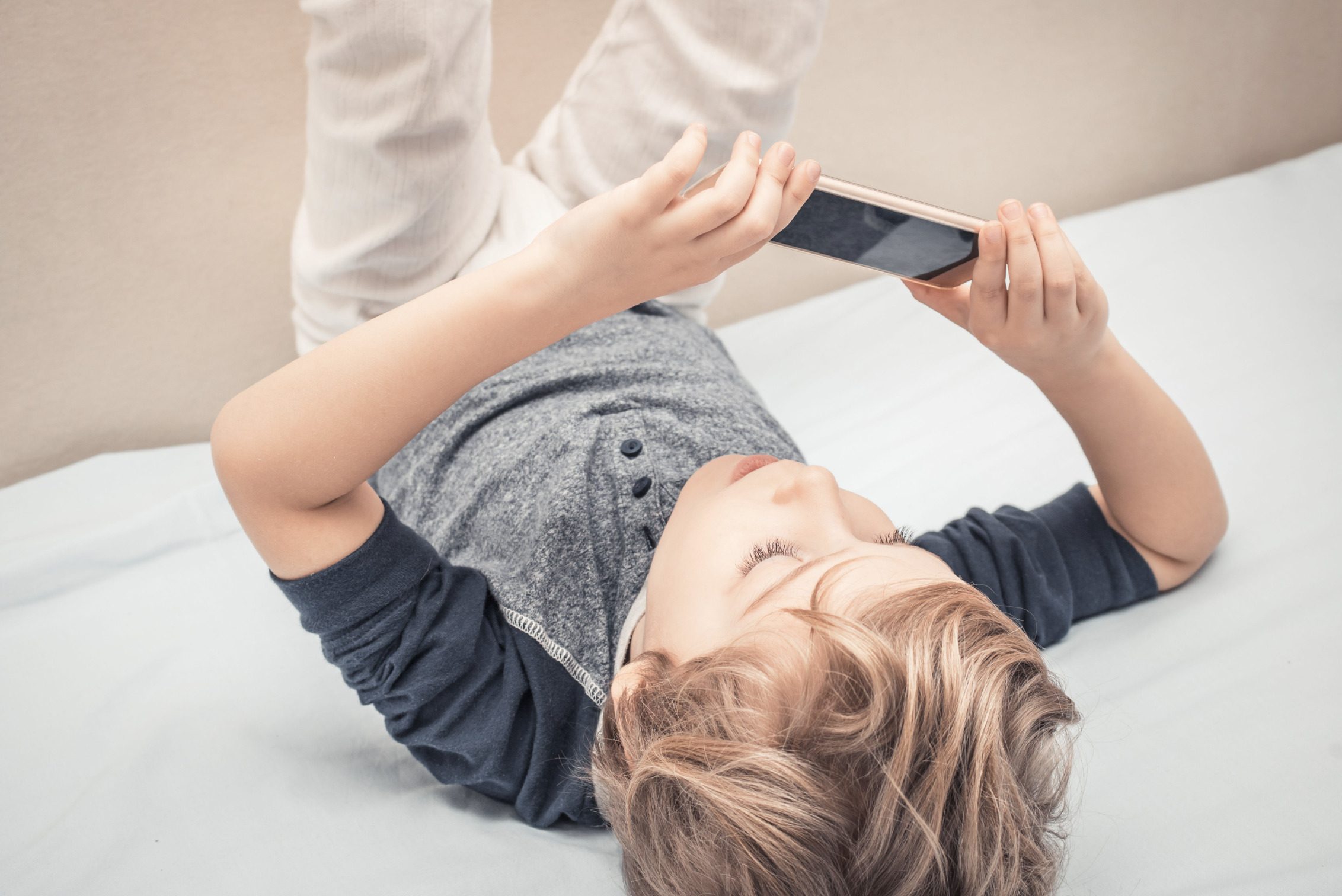
Today we use smartphones, tablets, and other smart devices for everything from taking selfies to watching videos, playing games, and studying. Ironically, aside from sports, one of the growing causes of traumatic dental injuries is due to smartphone popularity in daily life, leading to a new type of dental injury: Facial trauma from falling phones.
Smart device dental injuries in kids impact them more than dental injuries in adults. This is because children are still developing physically, with less dexterity and fine motor skills. They may drop their phones more often and may receive more injury when it happens.
Smart device dental injuries also vary by age – the risks are different for younger children compared to teenagers:
- Children ages 2-5 – at risk due to soft facial structures and jaw pliability, suggesting less force is needed to cause severe injuries.
- Children ages 2-6 – at risk for loosening or shifting teeth from usual positions, or lip bruises.
- Children ages 6–12 – those texting, video chatting, or on social media at highest risk of lip bruising, tooth loosening, and related dental injuries.
- Children over age 12 – those taking selfies are at risk for tooth injuries and lip bruises.
What to do if your kid gets a dental injury (cut this subhead if you need space)
Do you know what to do when your child has a toothache, prematurely loses a tooth, or receives dental trauma? Here are a few things to keep in mind in case of a dental emergency.
- Familiarize yourself with common injuries. Toothaches, tooth displacement, and knocked-out teeth are common dental injuries. Learn which injuries require immediate attention, which require less urgency, and how to treat common scenarios. Discuss with your dentist to develop an emergency plan for care.
- Have your dentist on speed dial. Keep your dentist in your contacts, know their service hours, and if they have an emergency contact number or process.
- Create a backup plan. If your primary dentist is not available after business hours, ask for a referral for emergencies or use HDS’ “Find a Dentist” tool on HawaiiDentalService.com. For dental trauma, visiting the hospital ER isn’t the best option, instead ensure you visit a dental office for care. Knowing where to go for a dental emergency will help you remain calm and focused.
- Know your coverage. Not all dental plans are created equal; know how your plan’s emergency coverage works. Review your family’s dental benefits to protect your keiki’s smile from the unexpected!
While smart devices are great to learn, play and grow, setting healthy limitations on screen time while avoiding use of the device above your face or head, will help your keiki live well, and smile more.



